Tags: Earth

4-Billion-Year-Old Earth’s Crust as Big as Ireland Found in Australia

How Different Will Human Body Be When on Mars? Mathematical Model Predicts Safety for Astronauts in Red Planet

4 Billion Years Old Piece of Earth's Crust Beneath Western Australia Found
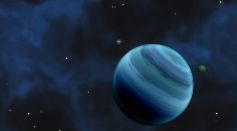
New Neptune-Sized Exoplanet Orbiting a Bright Massive Star May Explain Why Finding Such Planets Is Rare

NASA Astronaut Shares Snaps of Aurora Borealis on Earth Captured From International Space Station [See]
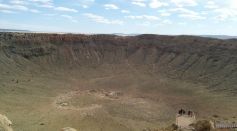
Nadir Crater in West Africa Suggests a Second Impact After the Chicxulub Crater From the Asteroid That Wiped Out the Dinosaurs

Geomagnetic Storm to Hit Earth After a Massive Coronal Mass Ejection From the Sun; Solar Flare Could Result in Aurora Borealis in the Caribbean

Geomagnetic Storm Warning: Cannibal ‘Dark Plasma Explosion’ From Sun to Hit Earth and Create Auroras in US

Can 'Space Bubbles' Shield Earth From the Sun? MIT Scientists Explain How This Would Work
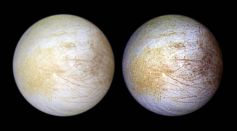
Jupiter Moon Europa's Crusty Ice Shell May Have Underwater Snow Floating Up

Sun in the Future: Will Its Entry to Expansion Phase Still Enable Earth to be Inhabitable?

Mysterious UV Absorber on Venus Atmosphere Identified [Study]
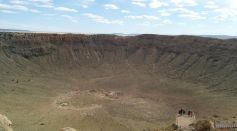
Asteroid 162173 Ryugu Particle From the Hayabusa2 Mission Is the Most Uncontaminated Material to Match Solar System Composition
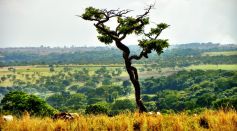
The Earth Is Still on the Verge of the Sixth Mass Extinction and Reaching the Peak Will Take Time, Research Says
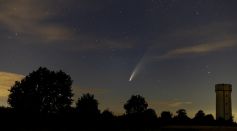
Meteor Fireball in Madrid Identified as the Alpha Capricornids Meteor Shower Body 169P/NEAT Comet
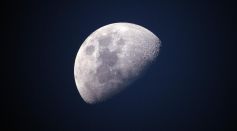
Noble Gases From Earth Found in Lunar Rocks, Representing One More Clue Towards the Moon's Origin
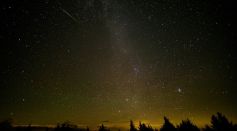
Scientists Discovered the Part of an Asteroid that Survives the Earth’s Ground

Super-Earth Ross 508b Orbiting in the Habitable Zone of a Red Dwarf Might Possess Some Signs of Life
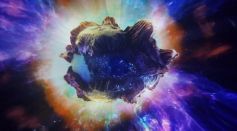
Potentially Hazardous Asteroid Coming Towards Earth, Near-Earth Object Bigger Than the Tallest Statue in the World: NASA
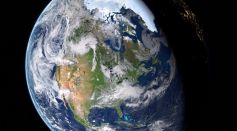
Why Earth Days Get Longer Despite Having the Shortest Day Ever Recorded
Most Popular

Will Earth's Magnetic Poles Flip Next? Magnetic Pole Reversal Explained Through Cutting‑Edge Magnetosphere Science

Relativity Time Dilation Explained: The Physics of Time and Why It Moves Differently in Space

How Lightning Science Reveals Why Charged Storms Are Rising with Global Warming Effects

How AI Is Used in Weather Prediction: Smarter Forecasting Through Machine Learning





